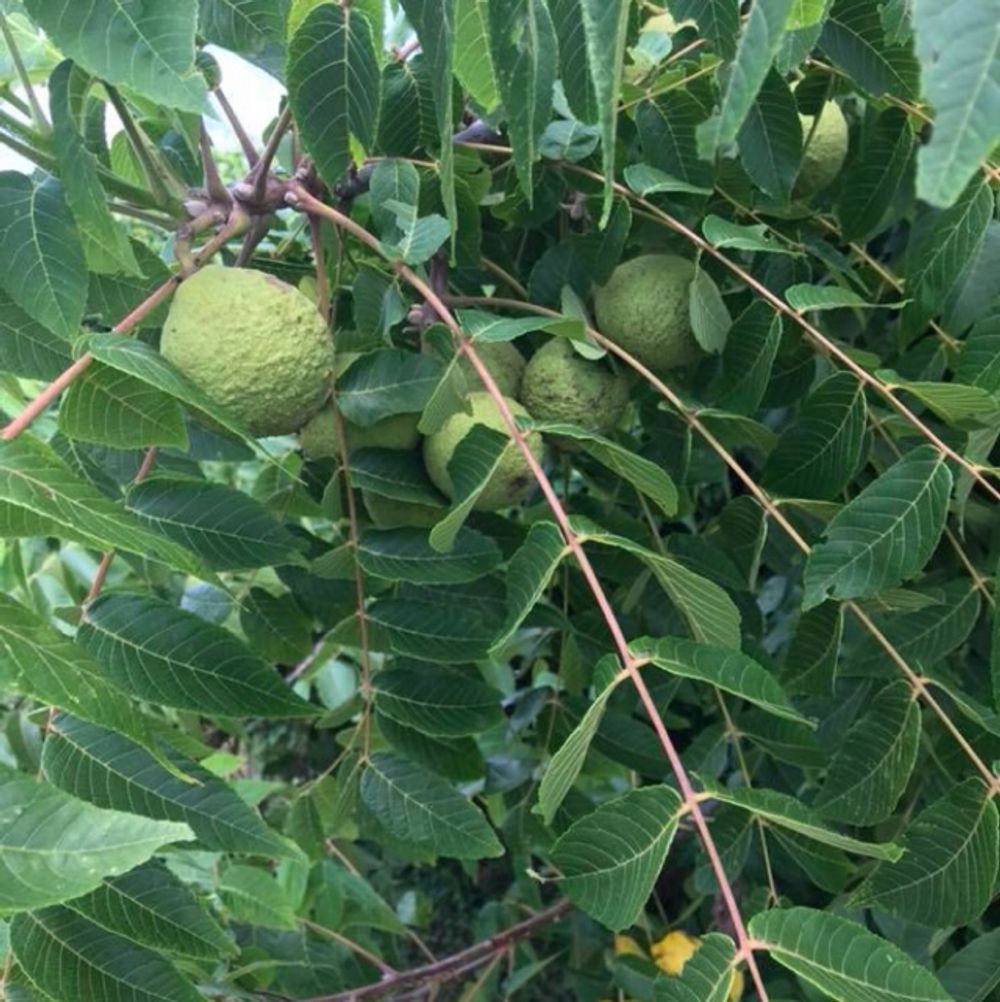Walnut trees
(Juglans)

Description
Juglans is a genus of deciduous trees in the family Juglandaceae, commonly known as walnut trees. This genus contains about 21 species of trees and shrubs, with a range that extends from Southeast Europe to East Asia and the Americas. These trees are famous for their edible nuts, which are a popular snack and ingredient in many culinary dishes. In this article, we will explore the different species of Juglans, their morphology, distribution, and economic importance. Species The genus Juglans contains 21 species, and each of them differs in their morphology, distribution, and use. Here are some of the most common species: Juglans regia: This is the most commonly cultivated species of the Juglans genus, known as the Persian or English walnut. It is native to Central Asia, but it has been cultivated in Europe since the Roman times. It is a large tree, up to 25 meters in height, with a broad, spreading crown. The nuts of this species are widely used in cooking, baking, and confectionery. Juglans nigra: Known as the black walnut, this species is native to North America. It is a large tree, up to 30 meters in height, with a tall, slender trunk and a narrow crown. The nuts of this species have a thick, hard shell that is difficult to crack, but they have a rich, distinctive flavor. Juglans cinerea: Known as the butternut, this species is also native to North America. It is a smaller tree, up to 20 meters in height, with a spreading crown. The nuts of this species are small and have a sweet, buttery flavor. Juglans mandshurica: Also known as the Manchurian walnut, this species is native to East Asia. It is a medium-sized tree, up to 15 meters in height, with a narrow crown. The nuts of this species are large and have a mild, sweet flavor. Morphology The morphology of Juglans trees is diverse, but they share some common features. Most species are deciduous, meaning they shed their leaves annually. The leaves are alternate, pinnately compound, and composed of 5 to 25 leaflets. The leaflets are elongated and lanceolate, with serrated edges. The flowers of Juglans trees are unisexual, meaning they have separate male and female flowers on the same tree. The male flowers are in elongated clusters called catkins, while the female flowers are solitary or in small clusters. The female flowers are pollinated by wind, and they develop into a fruit called a nut. The nuts of Juglans trees are large, with a hard, woody shell that encloses a kernel. The kernel is edible and has a high nutritional value, being a good source of protein, healthy fats, vitamins, and minerals. Distribution Juglans trees are native to different regions of the world, but they are widely cultivated and naturalized in many other areas. Most species prefer well-drained, fertile soils and a temperate climate. They are often found in forests, woodlands, and riverbanks. Juglans regia is native to Central Asia, but it is widely cultivated in Europe, North America, and other regions with a similar climate. Juglans nigra is native to North America, but it has been introduced to Europe, Africa, and Asia. Juglans cinerea is native to eastern North America, while Juglans mandshurica is native to East Asia.
Taxonomic tree:







